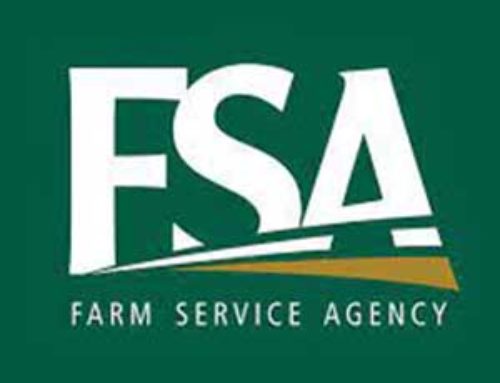
Jon DeVaney
Most fruit growers and packers have heard about the Food Safety Modernization Act (FSMA) and the publication of its regulations to implement it — and that they need to be prepared to comply with these new requirements.
What most growers and packers do not know is what specific actions they need to take to meet the U.S. Food and Drug Administration’s (FDA) expectations.
Bridging this knowledge gap with education and training programs will be a high priority for the Washington State Tree Fruit Association (WSTFA) and other industry organizations in the coming months.
Under both the Preventive Controls for Human Food and Produce Safety rules, farms and facilities are required to have employees complete approved training.
However, to train someone you first need to have clear recommendations and guidance. That is where FDA’s slow progress in producing guidance documents and training curricula is complicating this education program.
For example, due to complex definitions in the rules, many fresh fruit packing facilities will be subject to the Preventive Controls rule that is designed to address issues in food processing rather than the Produce Safety rule.
Some facilities will be required to comply by Sept. 19, but so far FDA has issued no guidance on how to adapt the processing-oriented requirements to fresh packing operations.
In order to fill this gap, WSTFA is working with the Northwest Horticultural Council (NHC), Washington State University, the Washington State Department of Agriculture and a team of experienced food safety managers from our industry to refine the standard curriculum.
This includes incorporating examples relevant to the packing of fresh, whole fruit and identifying priority issues requiring clarification from FDA.
The Produce Safety rule does not begin to take effect until 2018, so growers have more time to prepare.
However, there are many more growers than there are packers and, unlike packers, most growers do not have food safety managers on staff to manage this transition.
At this point, the curriculum for training growers on the requirements of the Produce Safety rule are not expected to be available before September 2016 at the earliest.
My mechanic is fond of saying, “You can get it done fast, right or cheap. Choose any two.” The longer it takes to get the officially approved training materials, the more challenging it will become to deliver high-quality training at a reasonable cost to every grower before the deadline.
While meeting the requirements for “approved” training will be a challenge, this is not our industry’s only need for food safety education. Fortunately, we are able to move forward with training on other specific issues of interest to our industry without waiting for an agency blessing.
A good example of this is water testing requirements. The Produce Safety rule includes a requirement for periodic testing of water that may come into contact with food or food-contact surfaces.
While the water testing requirement doesn’t come into force until 2020, growers will be required to conduct 20 tests over the previous two to four years. This would mean starting testing as early as 2016, particularly if growers want to spread these new costs over multiple seasons.
To ensure that growers are prepared for this requirement, WSTFA is working with the NHC, Washington Tree Fruit Research Commission (WTFRC) and water quality experts at the University of California, Davis, on training that covers when, where and how to sample and monitor irrigation water sources.
It is also important to remember that meeting regulatory requirements and adopting practices that reduce food safety risks are not always exactly the same thing.
In 2015, the industry identified enhanced training on packing line cleaning and sanitation as a high-priority training need following the outbreak of Listeria monocytogenes in caramel apples.
WSTFA partnered with WSU, the NHC and the WTFRC to offer a series of cleaning and sanitation workshops that included live demonstrations on packing lines.
We are planning to offer these workshops again in 2016, along with a more advanced session including testing and monitoring practices to verify the effectiveness of this sanitation.
Successful food safety programs should also seek to incorporate the latest research findings and methods.
WSTFA recently made a five-year commitment totaling $750,000 to support coordinated research on priority food safety issues through the Center for Produce Safety (CPS).
This research generates the kind of actionable information that producers need to be able to take meaningful action on food safety while minimizing unnecessary burdens on their operations.
Tree fruit producers are rightly proud to produce healthy, nutritious and safe food. The Food Safety Modernization Act has had the unfortunate effect of narrowing the focus from the overall goal of ensuring the safety of food to an emphasis on meeting regulatory requirements.
WSTFA is working with our industry partners to ensure that our growers and packers are prepared both to clear the regulatory hurdles of FSMA and to ensure that our already safe products become safer still. •
– by Jon DeVaney, president of the Washington State Tree Fruit Association.






Leave A Comment